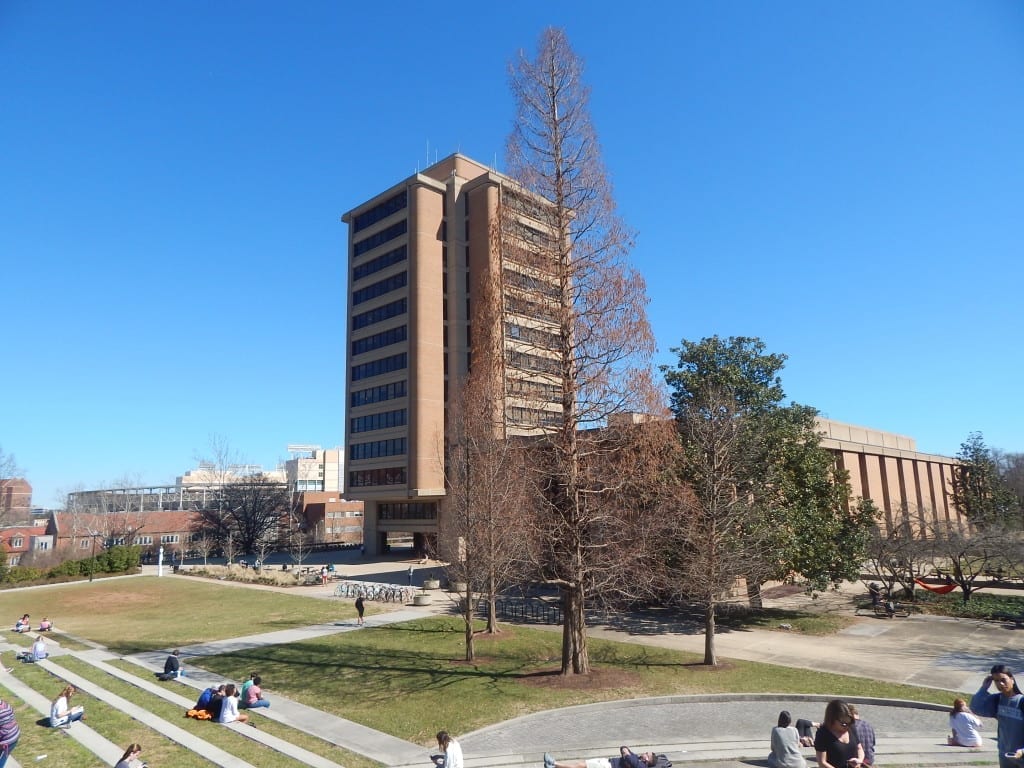UT Students Break Down Asian-American Stereotypes
The Asian-American Association hosted a roundtable on Sept. 19 to discuss common Asian-American stereotypes.


Humanities and Social Sciences building //photo by Courtney Anderson
The Asian-American Association held a roundtable discussion Monday, Sept. 19 at the Frieson Black Cultural Center. The roundtable discussion allowed for UT students and staff, to discuss stereotypes about Asian-Americans and how those stereotypes are harmful in a moderate, open and supportive environment. Representatives from various clubs and organizations were present at the roundtable.
The discussion began with a general breakdown and definition of certain phrases or words that perpetuate Asian-American stereotypes. The roundtable discussed the use of the word, Asian-American, as a cultural and racial term while also discussing common stereotypes perpetuated against Asians and Asian-Americans.
Stereotypes discussed by the group involved common stereotypes such as that Asian-Americans are smart or bad drivers along with stereotypes that are found in academia such as certain career paths, including nursing and engineering, that do not completely represent Asian-Americans as individuals. The roundtable also discussed harmful bodily stereotypes such as pale skin, “chinky” eyes, female exoticism, and masculinity in males.
A major topic discussed was the role of Asian-Americans as a minority. A lengthy discussion in the roundtable went over the perceived image that Asian-Americans are a “model minority” of assimilation. Such stereotypical behaviors from this image include Asian-Americans not being involved in crime, excelling at schoolwork, and having strict “tiger moms” in the familial setting. The roundtable also discussed how the perception of the “model minority” is still alienating because many Asian-Americans feel that they are seen as foreign and not truly American.
The roundtable discussed how to define Asian-American. A major point brought up during the discussion involved how the Middle East, the Philippines and the Pacific Islands fit into the image of Asian culture and society. The consensus from the roundtable was that there is an Asian identity, but that identity does differ according to upbringing.
The roundtable included the perspectives of those who do not identify as Asian-Americans. Those who did not identify as Asian-Americans discussed the stereotypes they see on campus and in media. Media became a major point of discussion as students discussed the problem stereotypes and lack of representation in movies and television shows. Many members of the discussion agreed that this is a topic that needed to be explored and improved upon more in the future.
Finally, the members of the roundtable discussed their final thoughts. Those who spoke up mentioned that they found the discussion “healing” and enjoyed having a place where they could speak safely about topics such as stereotypes, identity, and what it means to be an Asian-American. A major and final point stressed was the need to speak up and challenge perceived stereotypes on campus and in the world.
The Asian-American Association will have more events, discussions and roundtables throughout the semester.
Featured Image by Courtney Anderson
Edited by Kaitlin Flippo

